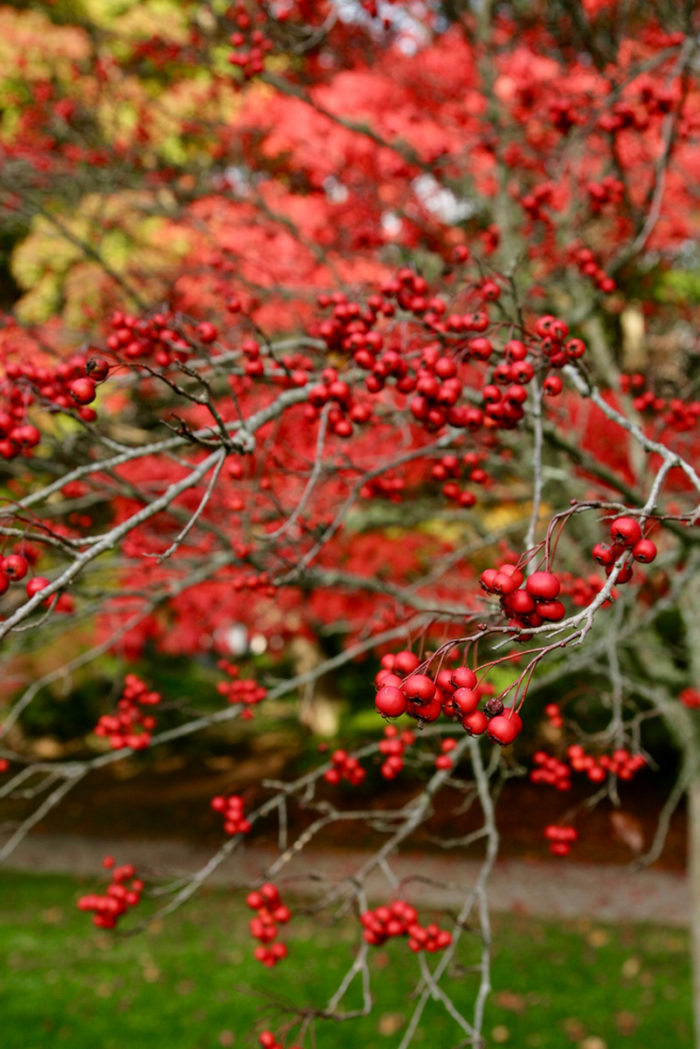
In November, the weather might still be a mixed bag, but diminishing daylight is shifting the seasonal cycle into a lower gear for a slow ride through winter. While some plants seem easily confused by warm fall days and push out unseasonable, last-minute flowers, others finish shedding their leaves to enter dormancy. Either way, we gardeners can make the most of what’s left and prepare for our own seasonal slow-down.
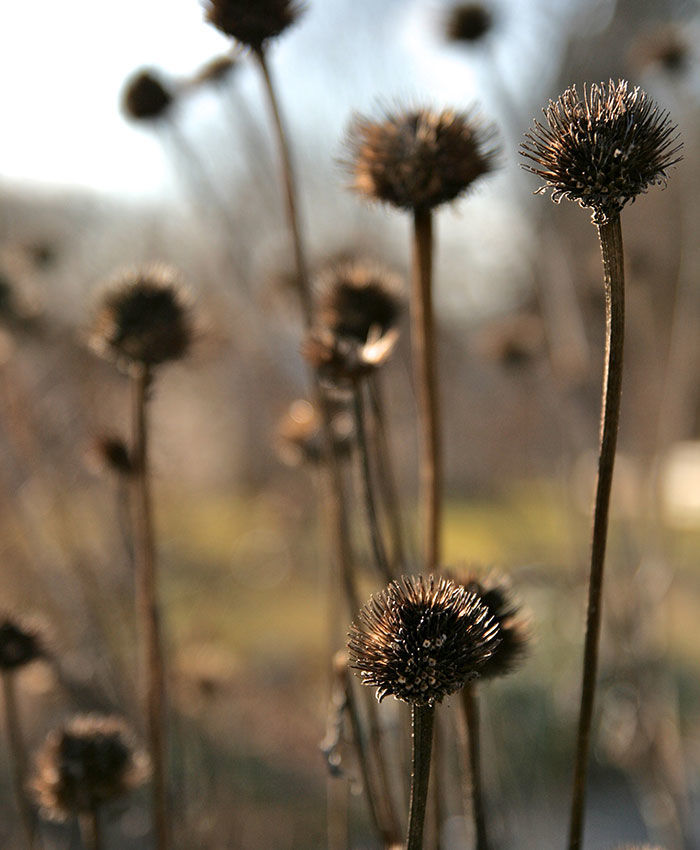
Leave faded perennial growth standing. Traditionally, gardens are put to bed by cutting down every stem and blowing leaves to the curb. But tidiness is overrated. Instead, allow plenty of healthy stems and seed heads to remain standing to provide winter interest as well as habitat and sustenance for overwintering wildlife (mainly insects and birds). Expect—and enjoy—some self-sowing. But remove any stems and foliage damaged by fungal infections to prevent spread, and do not compost them.

Mulch with leaves. Leave the leaves, as nature does, to recycle the season’s nutrients back into the soil. Mow fallen leaves into the lawn to break down over winter, and rake shredded leaves back into the beds around your shrubs and perennials as insulating mulch. This is a great way to push the zone with marginally hardy plants. Layers of leaf mulch will also help to suppress opportunistic weeds like chickweed and to protect overwintering insects, such as bumblebees, garden spiders, and some butterfly species.
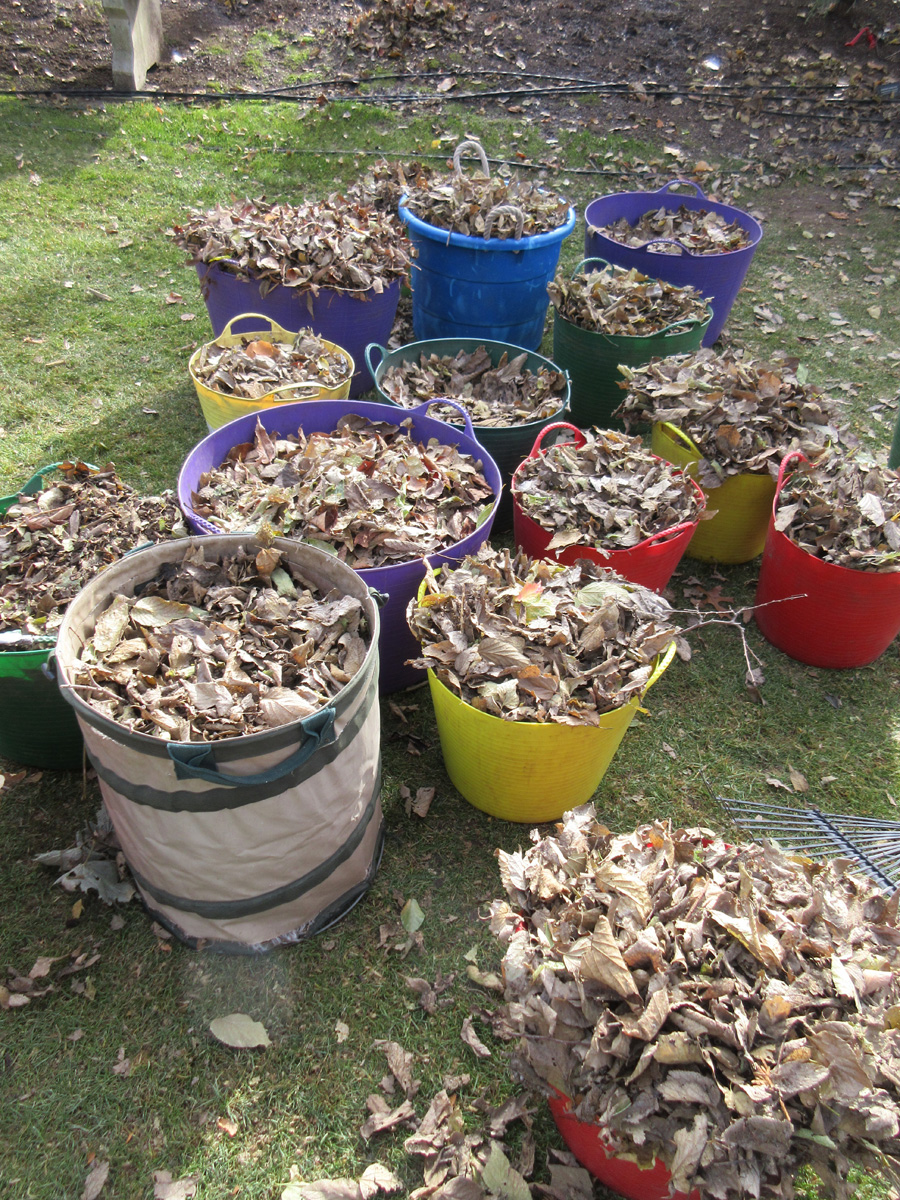
Collect leaves to make leaf mold for next year. Stockpile extra leaves to mix into your compost over the coming season and to use as mulch in your beds next summer. First, stuff them through a shredder or run them over with a mower, which both increases their surface area for microbial activity and reduces the amount of space they take up. If you don’t have room in your compost area for a loose pile, contain your shredded leaves in bins constructed out of wire fencing that are 4 feet tall and round. Allowing rain and snow into the bins will accelerate decomposition, resulting in a cake-mix sludge known as leaf mold, which is rich with nutrients and has an extraordinarily high moisture-holding capacity. Keeping your shredded leaves tarped and dry over winter will simply delay that process.
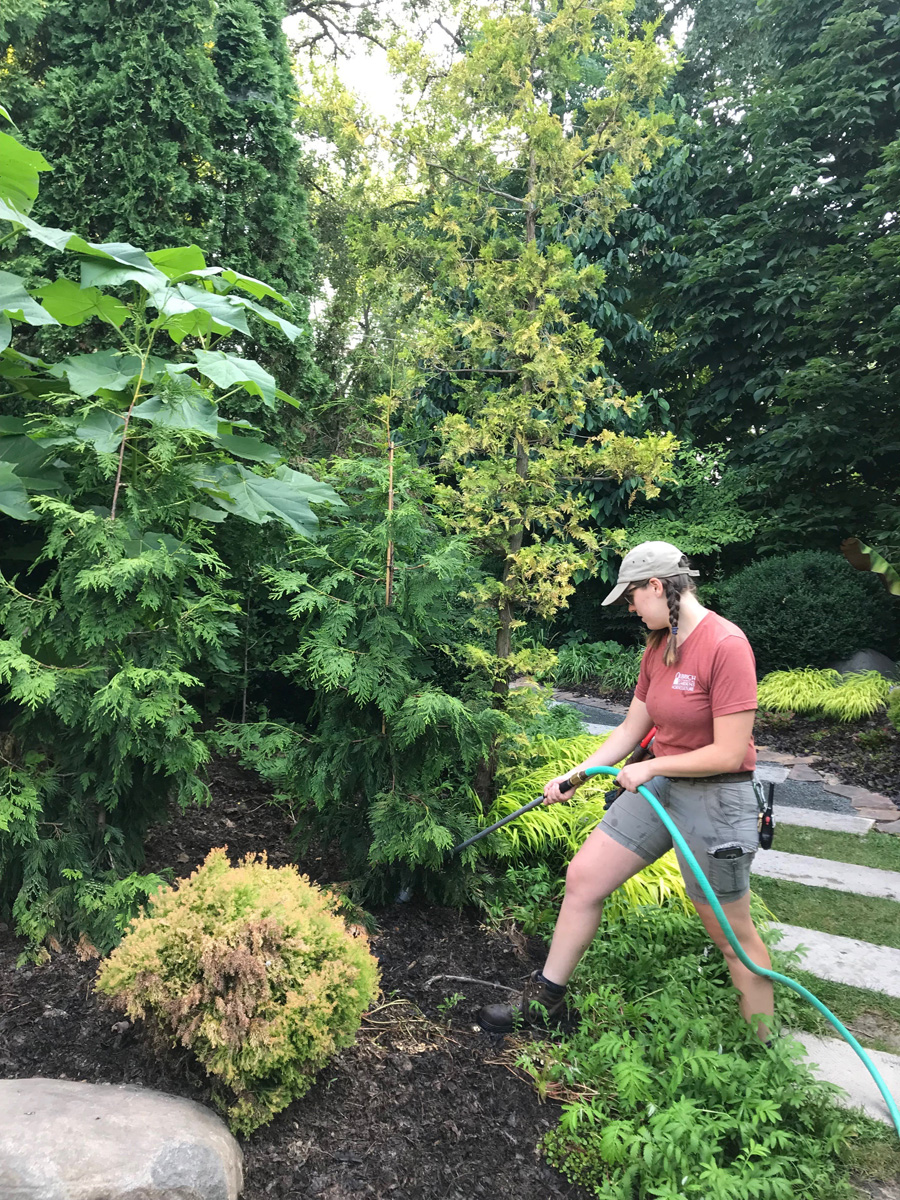
Deeply water before winterizing irrigation. Before winding hoses and placing them in their designated spot in your freshly tidied shed, give drought-stressed trees, shrubs, and perennials, as well as newly planted additions, one last deep drink to encourage healthy root restoration and development. Keep an eye on the forecast, and turn outdoor water off before a deep freeze cracks your pipes.
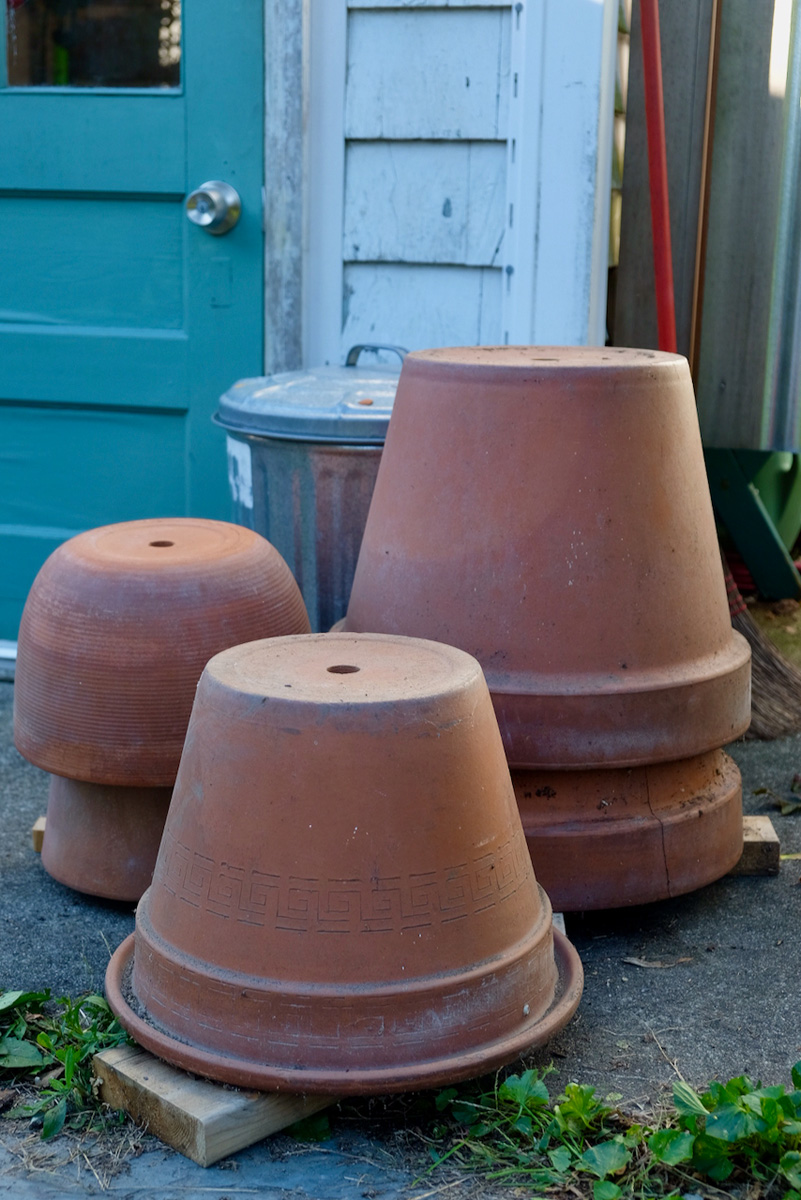
Empty terra-cotta pots. Low-fire terra-cotta and cement containers and ornaments may flake or crack if subjected to cycles of freeze and thaw. Empty used soil from containers (except those you might fill with holiday arrangements of winter greens) before storing them away. If you don’t have room inside, turn containers upside down and raise them off the ground on blocks. Also, stack blocks between nested pots to prevent moisture from gluing them together, and cover them with a tarp.
By November, my energy level, like my garden’s, is on the wane, so doing the bare minimum works for me. The good news is that saving the bulk of the cutback and tidy-up until spring and leaving the leaves is actually the most sustainable and environmentally friendly choice. Your garden won’t be a mess; it’ll be winter-interesting. Don’t let your neighbors tell you otherwise.
—Kristin Green is author of Plantiful: Start Small, Grow Big With 150 Plants That Spread, Self-Sow, and Overwinter. She gardens in Bristol, Rhode Island.


















Comments
Log in or create an account to post a comment.
Sign up Log in